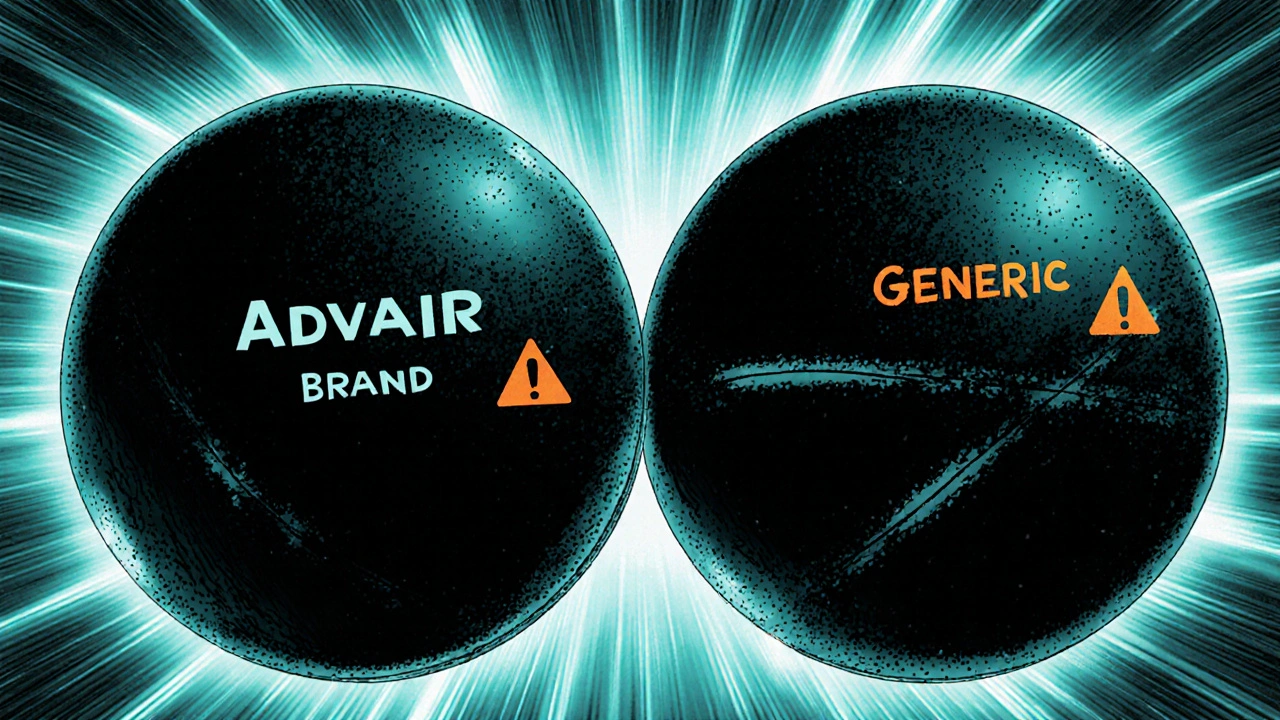Generic combination drugs save money but can differ in inactive ingredients, causing side effects or reduced effectiveness for some patients. Learn who’s at risk and how to protect yourself.
MoreBrand vs Generic Medications: What Really Matters for Your Health
When you pick up a prescription, you might see two options: the brand-name drug, a medication originally developed and patented by a pharmaceutical company or the generic medication, a copy that contains the same active ingredient, dose, and intended use. Many assume they’re identical—but that’s not always the whole story. The brand vs generic debate isn’t just about price. It’s about how your body responds, what your insurance allows, and whether the inactive ingredients might affect you more than you think.
Here’s the truth: for most people, generics work just as well. The FDA requires them to deliver the same amount of active ingredient into your bloodstream within the same time frame as the brand. But there’s a catch—bioequivalence doesn’t mean identical. Differences in fillers, dyes, or coating can change how fast a pill dissolves or how it’s absorbed, especially for drugs with a narrow therapeutic window like thyroid meds, seizure drugs, or blood thinners. That’s why some patients report feeling worse on generics, even when labs say levels are "in range." And when that happens, insurance often denies your request to switch back—leading to therapeutic inequivalence, a situation where two drugs that should be interchangeable aren’t working the same way in practice.
Pharmacists in many states can legally swap a brand for a generic unless your doctor writes "dispense as written"—but not everyone knows this. Some patients don’t realize they’re being switched until they notice side effects or reduced effectiveness. And when that happens, you’re not just dealing with a pharmacy decision—you’re navigating insurance appeals, doctor letters, and confusing label changes. The drug substitution, the process where a pharmacist replaces a prescribed medication with another system is designed to save money, but it doesn’t always account for individual biology. That’s why so many posts here focus on real-world struggles: fighting denials, understanding warning labels, spotting when a generic isn’t working, and knowing when to push back.
What you’ll find below isn’t theory. It’s real cases—people who had to appeal insurance after their generic seizure drug failed, patients who switched from brand-name aspirin to a generic and saw their heart risks rise, and others who discovered their allergy meds stopped working after a formulation change. We cover what the FDA actually looks for when approving generics, why some drugs are more sensitive to substitution than others, and how to talk to your doctor or pharmacist when something feels off. This isn’t about choosing sides. It’s about knowing when to ask for the brand, how to prove it’s necessary, and how to protect yourself in a system built on cost savings—not individual outcomes.

